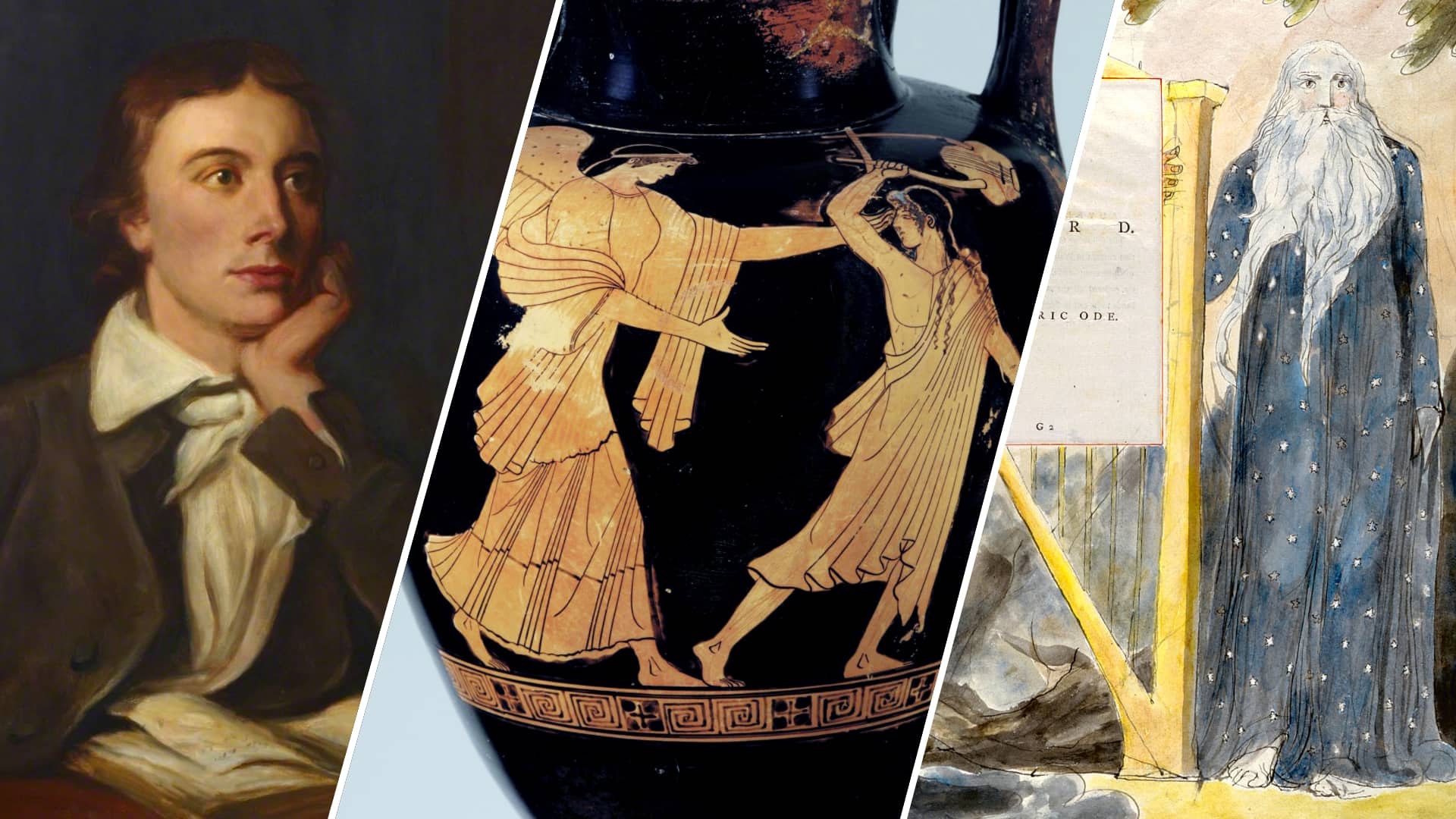There are all sorts of styles in poetry, many of which have been around for centuries. Some are very theatrical, meant to be acted out, while others can be read in the quiet of one’s own home. One of these that you may have heard of is an ode, which has evolved over time while still effectively being what it always has been. But what is an ode, how can you identify one, and what are some examples? In this article we’ll cover these questions so that you have an additional poetry style in your pocket.
Ode Definition
Let's define ode
One of the most universal aspects of any artistic endeavor is to comment on the world around us. Photographers capture the real world through their lens, biopics tell the "true-ish" story of someone's life, etc.
For writers, they can use storytelling modes like satire, or devices like allusion to make similar references. The ode is one such device.
Below we will define ode, one of many different types of poetry. The main thing in this section will be the main ode definition, followed by general characteristics. The following section will then go over the main types, their characterizations, and examples.
ODE DEFINITION
What is an ode?
An ode is a type of lyrical poetry that addresses (usually via praise) a person, place, thing, or event. It was first used in ancient Greece, accompanied by music and theatrical stylings. Later versions of odes were not made to be sung or recited so ceremonially, eventually creating types of odes that were meant for private (or quiet) consumption. Greek odes are known for being the originators while English odes are what might be seen as the more contemporary evolution.
Characteristics of an ode:
- Lyrical lines about a specific place, person, or event
- Set to music and theatrics in classical style, just meant for reading in other styles
- Specific structure for classical styles, non-specific structure for non-classical styles
Ode Meaning
Ode Types and Examples
There are three main types of ode, meaning these are the three you will encounter. Since one of them is freeform, you will likely encounter that one in more contemporary writings, but all three can be found throughout literature.
Pindaric
The most classical of the odes, the Pindaric ode is named after Pindar, and was most often performed with a chorus and dancers, also making it the most theatrical of the odes.
Traditionally, it is composed of
- Strophe – the stanza establishes the theme
- Antistrophe – the stanza that counterbalances the theme
- Epode – the stanza that concludes the ode
In ancient Greek, this type of ode was often used to celebrate athletic victories, and was of course accompanied by a chorus and dancing. But not all Pindaric odes were written in ancient Greece, for there are more modern odes of such a classical nature that are very well-known.
Thomas Gray was one such poet, who specifically wrote an ode entitled The Progress of Poesy: A Pindaric Ode, which was written in the traditional style we’ve covered here.
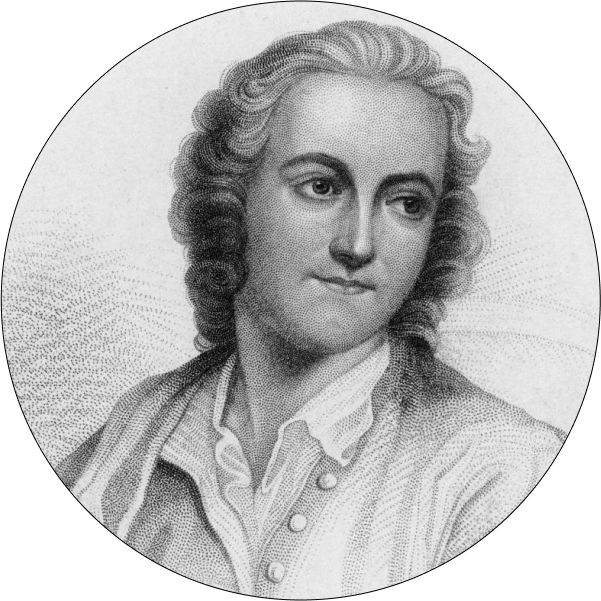
Awake, Æolian lyre, awake,
And give to rapture all thy trembling strings.
From Helicon's harmonious springs
A thousand rills their mazy progress take:
The laughing flowers, that round them blow,
Drink life and fragrance as they flow.
Now the rich stream of music winds along
Deep, majestic, smooth, and strong,
Thro' verdant vales, and Ceres' golden reign:
Now rolling down the steep amain,
Headlong, impetuous, see it pour:
The rocks and nodding groves rebellow to the roar.
— Thomas Gray
Not to be outdone, there is also William Wordsworth and his Ode: Intimations of Immortality from Recollections of Early Childhood, which features a very unique structure that lends a theatricality to the work within the text itself.
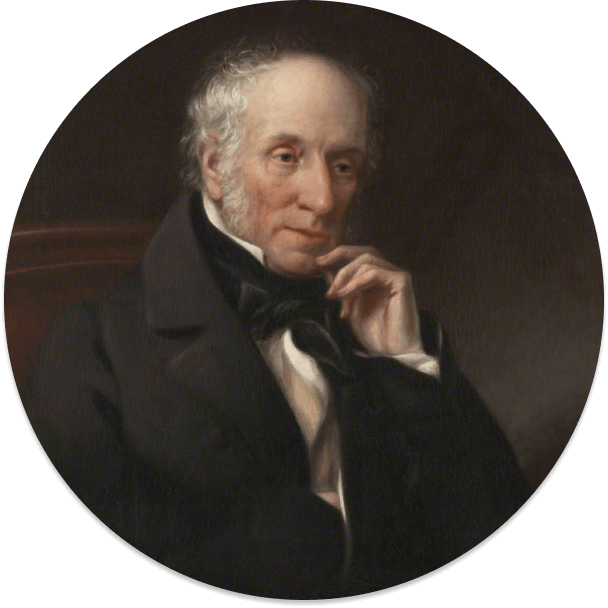
There was a time when meadow, grove, and stream,
The earth, and every common sight,
To me did seem
Apparelled in celestial light,
The glory and the freshness of a dream.
It is not now as it hath been of yore;—
Turn wheresoe'er I may,
By night or day.
The things which I have seen I now can see no more.
— William Wordsworth
Horatian
For those who prefer more freedom within their structure, there is the Horatian ode (named after Roman poet Horace). These types of odes do not require (or even want) ceremony, as they are meant to be more contemplative, covering themes of humanity and nature. They follow a consistent meter, scheme, and stanza length throughout.
Some of the most well-known Horatian odes include Andrew Marvell’s An Horatian Ode upon Cromwell’s Return from Ireland; like Gray’s ode, it says what it is right in the title.
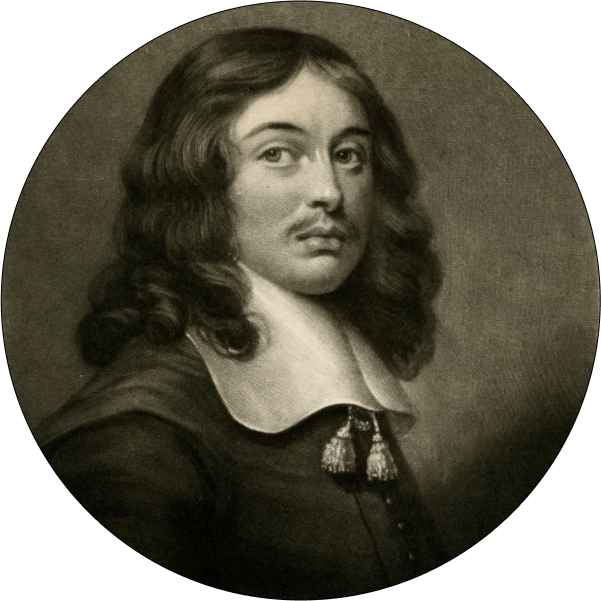
The forward youth that would appear
Must now forsake his Muses dear,
Nor in the shadows sing
His numbers languishing.
’Tis time to leave the books in dust,
And oil th’ unused armour’s rust,
Removing from the wall
The corslet of the hall.
So restless Cromwell could not cease
In the inglorious arts of peace,
But thorough advent’rous war
Urged his active star.
— Andrew Marvell
Following on the topic of war, there is American poet Allen Tate and his Horatian poem, Ode to the Confederate Dead. Published in 1928, this ode is an example of introspective thoughts and contemplation on death via the description of a Confederate graveyard.
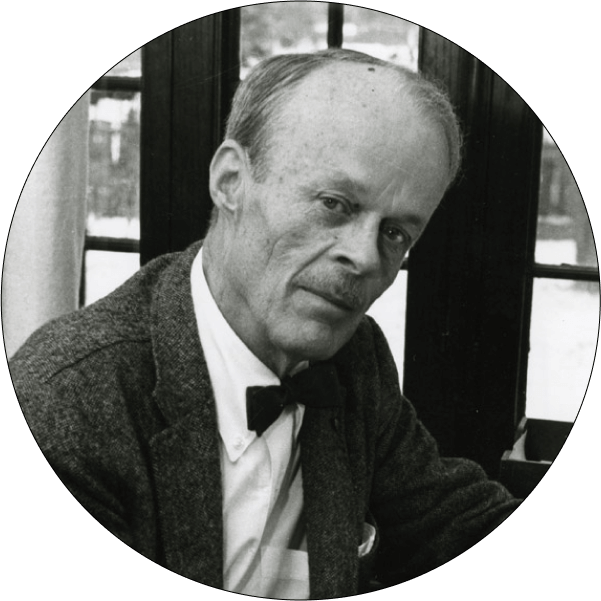
Row after row with strict impunity
The headstones yield their names to the element,
The wind whirrs without recollection;
In the riven troughs the splayed leaves
Pile up, of nature the casual sacrament
To the seasonal eternity of death;
Then driven by the fierce scrutiny
Of heaven to their election in the vast breath,
They sough the rumour of mortality.
— Allen Tate
Irregular
As the name implies, Irregular odes are – you guessed it – irregular, meaning they do not conform to the Pindaric or Horatian forms of the ode, though there can be overlap with Horatian sometimes. As a result, any number of odes have been written in this style; what they often have in common is staying true to the spirit (and sometimes language) of classical odes.
John Keats is a famous poet who was fond of odes, and he was part of the famous English Romantics. As you might expect, his odes call themselves as such in their titles, such as Ode on a Grecian Urn.
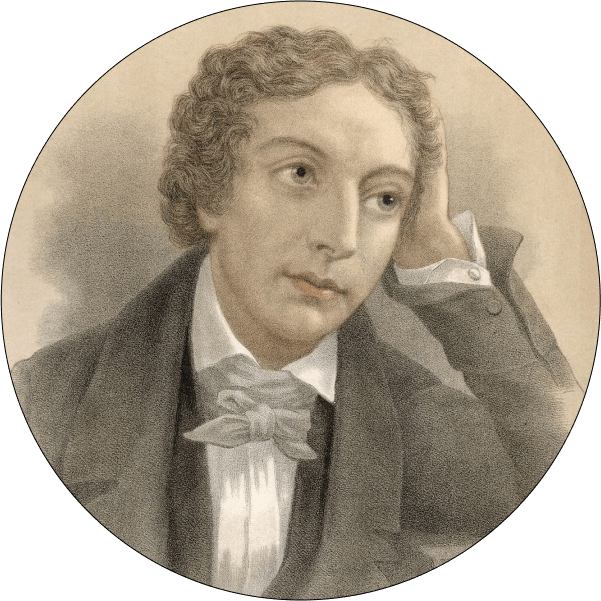
Thou still unravish'd bride of quietness,
Thou foster-child of silence and slow time,
Sylvan historian, who canst thus express
A flowery tale more sweetly than our rhyme:
What leaf-fring'd legend haunts about thy shape
Of deities or mortals, or of both,
In Tempe or the dales of Arcady?
What men or gods are these? What maidens loth?
What mad pursuit? What struggle to escape?
What pipes and timbrels? What wild ecstasy?
— John Keats
Since the English Romantics, there have been so many poets writing what could be considered odes. One such American poet would be Robert Creeley, who’s poem America uses ode in its first line.

America, you ode for reality!
Give back the people you took.
Let the sun shine again
on the four corners of the world
— Robert Creeley
While the classical ode is no longer the norm, it can still be used, as the form is known. But as more modern versions show, the ode need not conform to the classical stylings, so long as the spirit lives on within the work. Like all literature, it evolves over time, resulting in a compromise between tradition and progress.
UP NEXT
What is Homage?
Now that we have covered ode here, why not look into another way writers and artists pay tribute? In our article covering homage, you will see how it is used in literature, as well as film, how it functions as praise and reference, and how it is popularly utilized.
